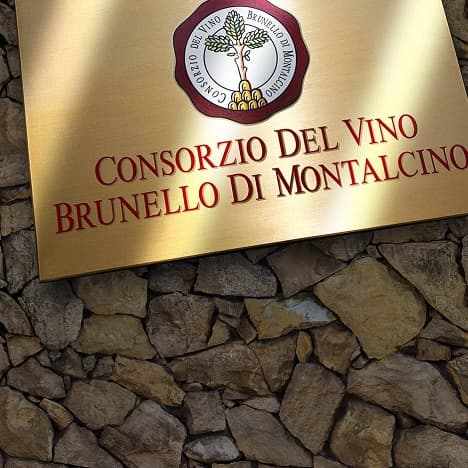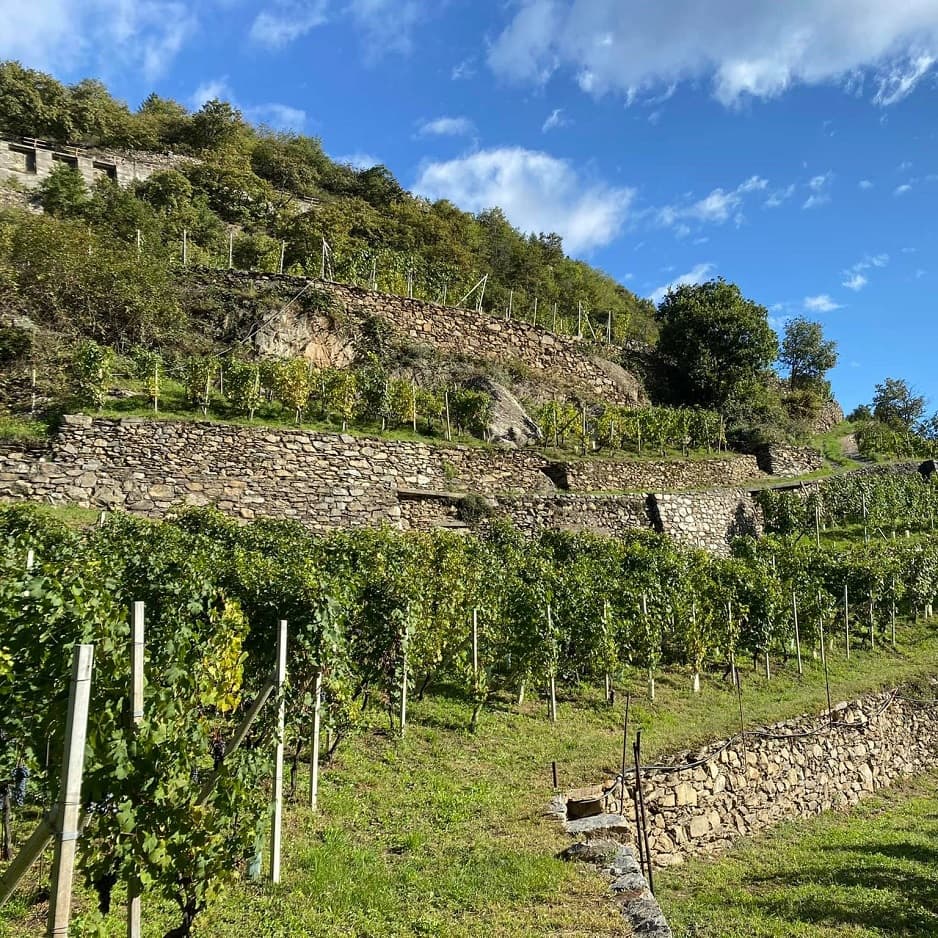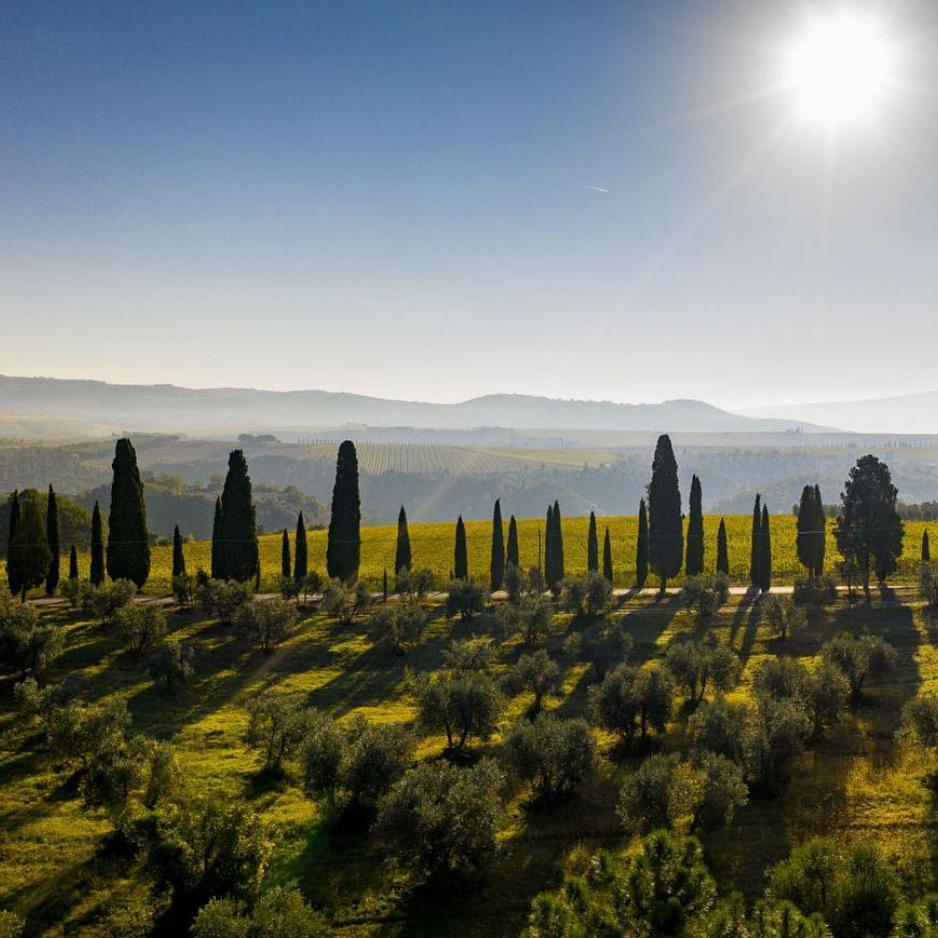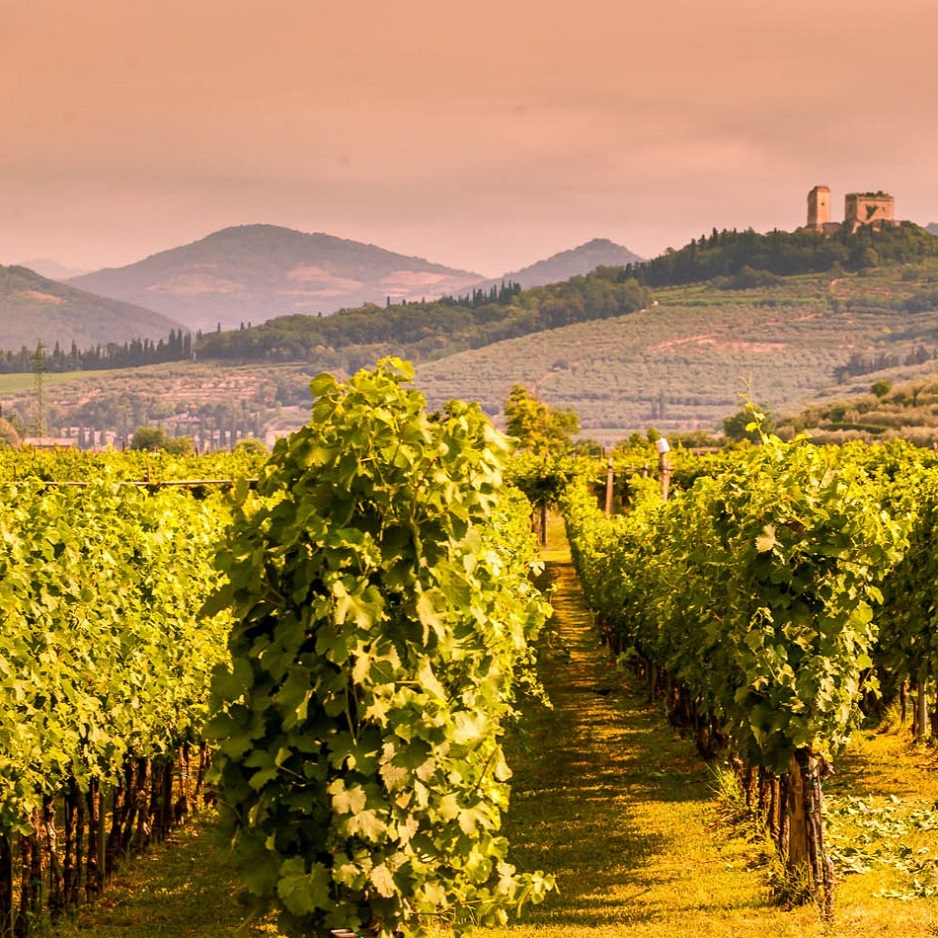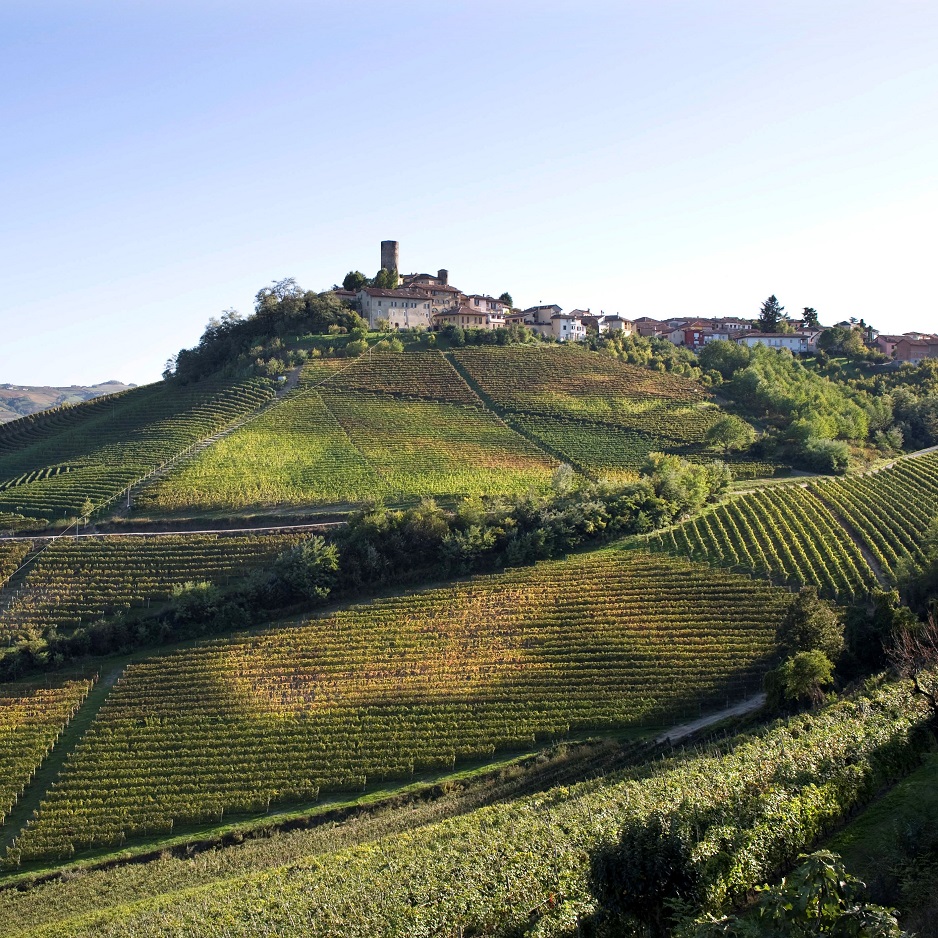
UGA stands for Unità Geografiche Aggiuntive (supplementary geographical unit). It describes the specific vineyard designations in Chianti Classico. The area is located in the centre of Tuscany and, at 70,000 hectares, covers around a third of the region. The boundaries of the growing area, which stretches between Florence and Siena, were established as early as 1716. The Sangiovese grape variety in particular thrives in the vineyards.
A total of eleven large vineyards were defined in 2021: Castellina, Castelnuovo Berardenga, Gaiole, Greve, Lamole, Montefioralle, Panzano, Radda, San Casciano, San Donato in Poggio (including Barberino Tavarnelle and Poggibonsi) and Vagliagli. From July 2023, Chianti Classico producers will be allowed to use the additional geographical indications on the labels of the highest category "Gran Selezione". The official vineyard designations were established after years of effort by the consortium to do justice to the very different soils in Chianti Classico and to create more clarity for consumers.
The president of the consortium, Giovanni Manetti (Fontodi), commented on this development with the words: "This is an important step for us, which makes the origin of the wines even clearer. However, we are only at the beginning of a major development."
Along with the vineyard designations, the varietal range for the Gran Selezione has also been changed. Instead of at least 80 per cent, a Chianti Classico Gran Selezione must in future contain at least 90 per cent Sangiovese. The remaining 10 per cent is reserved for the indigenous red wine varieties Canaiolo, Colorino and Malvasia Nera. Cabernet, Merlot or Syrah have no place (any longer) in a Gran Selezione.
With the new 2021 Chianti Classico Gran Selezione vintage, the first single-vineyard wines are now going on sale. We are starting with the three famous growths from Castello di Brolio, which have been vinified separately since 2015: CeniPrimo, Colledilà and Roncicone. These eponymous cru vineyards from Gaiole are all 100% planted with Sangiovese and differ in structure and flavour in close correspondence with their terroir, impressively demonstrating the complexity of the Chanti Classico region and the logical consequence of the introduction of the UGA.
In the coming weeks, the category will of course be expanded to include further representatives. We hope you enjoy discovering them! SUPERIORE.DE







